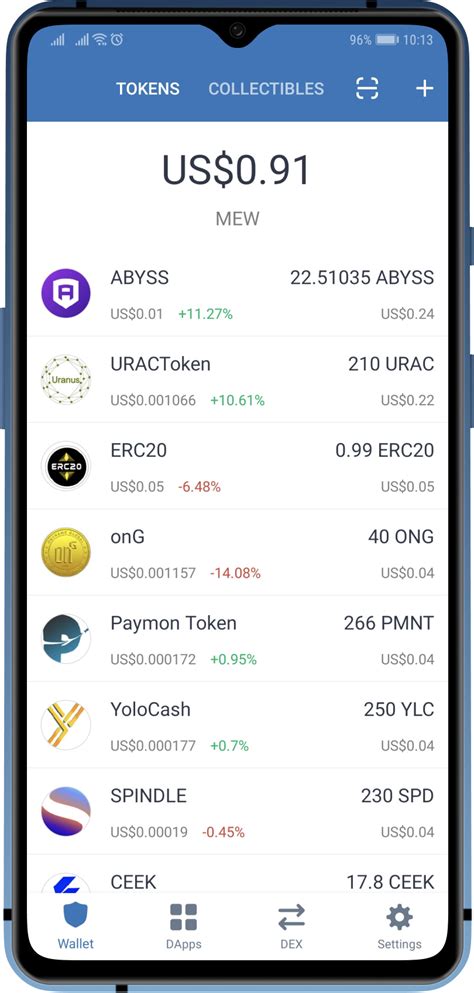The Benefits of High Difficulty in Pool Mining: Unlocking Potential Rewards
As a pool miner, you’re probably no stranger to the concept of difficulty. In fact, it’s a crucial aspect of optimizing your mining performance. When it comes to setting a high difficulty versus a low difficulty for Pool Pre-Split Network (PPLNS), understanding the benefits can help you make informed decisions about your mining setup.
Why High Difficulty Matters
High difficulty ensures that the hash rate required to validate each block is sufficient, even after network congestion and other external factors. In PPLNS, the pool’s validator node must be able to secure a new block without relying on pre-existing blocks mined by others. To achieve this, the mining pool sets a high difficulty level, which:
- Prevents Brute-Force Attacks: By requiring a significant amount of computing power, high difficulty makes it harder for an attacker to launch a 51% attack and control the network.
- Encourage strong consensus: A higher difficulty level promotes stronger consensus among nodes, making it harder for malicious actors to manipulate the network.
- Optimize block creation: A high difficulty level ensures that new blocks are mined at a constant rate, even during periods of high network congestion.
Why low difficulty may not be enough
While low difficulty can offer some benefits, such as faster block creation and potentially lower energy consumption, it may not be enough for a few reasons:
- Network congestion: High traffic or unexpected spikes in the network can reduce the effectiveness of a low difficulty configuration.
- Higher energy expenditure

: Operating at a lower difficulty level can result in higher energy consumption, which can increase costs and environmental impact.
The Benefits of High Difficulty in PPLNS
On the contrary, setting a high difficulty for PPLNS offers several benefits:
- More Profitable Mining: With a higher difficulty level, you are more likely to get new blocks with a profit margin.
- Faster Block Creation Speed: By requiring more computing power, you can produce blocks faster and maintain your profit margins.
- Better Network Security: A high difficulty setup ensures that the network remains protected from malicious actors.
Conclusion
When deciding between high and low difficulty for PPLNS pool mining, consider the following:
- If you are looking to maximize profits and block creation speeds, set the difficulty level to a high level (e.g. 40,000 or higher).
- If you prioritize energy efficiency and faster block creation, opt for a lower difficulty level (e.g. 30,000 or lower).
Remember, it is essential to constantly monitor your pool’s performance and adjust your difficulty settings accordingly. This will help ensure that your mining setup remains optimized and secure.
Tips and Recommendations
- Start with a moderate difficulty level (35,000 – 40,000) and gradually increase it as needed.
- Monitor your pool’s hash rate and adjust your difficulty setting to maintain optimal performance.
- Consider using advanced tools and techniques to optimize your mining setup and stay ahead of network congestion.
By following these guidelines and understanding the benefits of high difficulty in PPLNS, you can set up a robust and profitable pool mining operation that ensures maximum rewards for your hard-earned cryptocurrency.